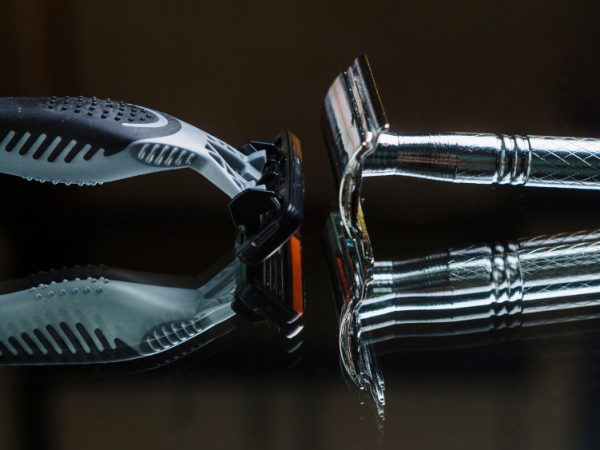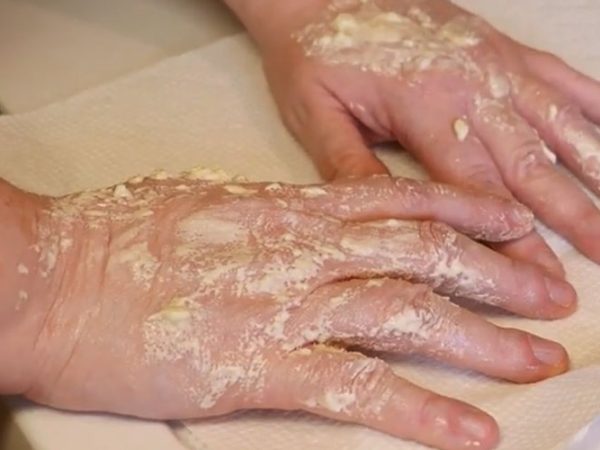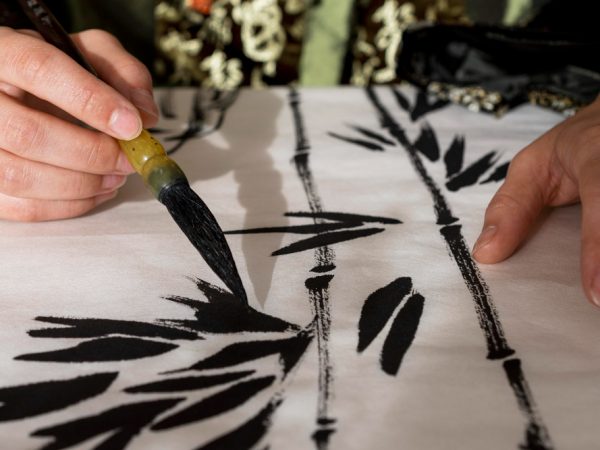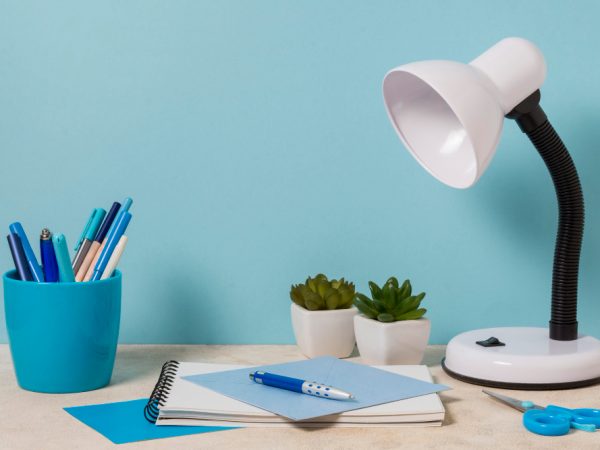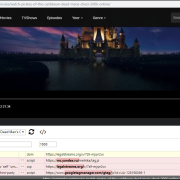How Much Espresso in a Latte: The Ultimate Guide for Coffee Lovers

For millions of coffee lovers around the world, the latte is the ultimate comfort drink. Smooth, creamy, and perfectly balanced, it brings together the bold flavor of espresso and the rich texture of steamed milk. Yet, one common question continues to puzzle both beginners and home baristas: how much espresso is in a latte?
The answer depends on your cup size, taste preferences, and the type of coffee experience you want. In this guide, we will explore everything you need to know about the espresso-to-milk ratio, how baristas craft the ideal latte, and how you can make one that suits your own taste.
What Exactly Is a Latte?
A latte, short for the Italian “caffè latte,” literally means “milk coffee.” It’s a popular espresso-based drink made with one or more shots of espresso, steamed milk, and a light layer of milk foam on top. The latte is loved for its smooth flavor and creamy texture, making it less intense than other espresso drinks like cappuccinos or macchiatos.
Traditionally, a latte contains about one part espresso to three or four parts milk. However, the exact ratio can vary depending on the size of the cup and the coffee shop’s recipe.
The Standard Espresso-to-Milk Ratio
A classic latte is made with one shot of espresso and about six to eight ounces of steamed milk. This creates a balanced drink with a mild coffee flavor and a silky finish. However, as drink sizes have evolved, the ratio has adjusted accordingly.
- Small (8 oz) – usually one shot of espresso
- Medium (12 oz) – typically two shots of espresso
- Large (16 oz or more) – often two or three shots of espresso
The goal is to maintain harmony between the strong espresso and the sweetness of the milk. Too little espresso makes the drink bland, while too much can overpower the milk’s natural sweetness.
How Many Shots of Espresso in a Latte
So, how much espresso in a latte? Here’s the general breakdown by cup size and region:
In most American coffee shops:
- A small latte (8 oz) usually has one shot of espresso
- A medium latte (12 oz) typically contains two shots
- A large latte (16 oz or more) might have two or three shots, depending on the shop
In Italy and Europe, lattes tend to be smaller, usually around 8 ounces with one shot of espresso. The emphasis there is on flavor balance, not caffeine quantity. In the United States, larger cup sizes and stronger coffee preferences often mean more espresso.
Why Espresso Quantity Matters
The amount of espresso in a latte directly affects its taste, strength, and texture. A latte with too much milk and not enough espresso can taste weak, while one with extra espresso may taste bitter.
The ratio of coffee to milk also affects caffeine levels. One espresso shot usually contains around 63 milligrams of caffeine. So a double-shot latte will have roughly 126 milligrams, depending on the bean and brewing method.
Understanding this balance helps you customize your drink for the perfect mix of flavor and energy.
Espresso Quality Makes a Difference
No matter how much espresso you use, the quality of your beans and preparation technique can make or break your latte. Espresso is not just strong coffee—it’s brewed under pressure, which extracts concentrated flavor and aroma.
A good espresso shot should have a rich golden crema on top, a balanced body, and a smooth aftertaste. Using freshly ground, high-quality beans and the right water temperature (around 200°F or 93°C) ensures the espresso’s flavor stands out, even with the addition of milk.
The Role of Milk in a Latte
Milk is more than just filler—it defines the texture and sweetness of a latte. The key is steamed milk, which introduces microfoam (tiny bubbles) that create a creamy mouthfeel.
Whole milk is the traditional choice for its natural sweetness and thickness, but you can also use alternatives like oat, almond, or soy milk. Each milk type affects flavor differently:
- Whole milk adds richness and smoothness.
- Oat milk provides natural sweetness and a velvety texture.
- Almond milk gives a light, nutty taste.
- Soy milk adds body and subtle creaminess.
Balancing the milk texture and temperature (between 140°F and 155°F) is crucial for creating that signature silky latte experience.
How to Make the Perfect Latte at Home
You don’t need to visit a café to enjoy a barista-level latte. With a few tools and some practice, you can make a delicious latte at home. Here’s how:
- Brew espresso – Use one or two shots depending on your preferred strength.
- Steam your milk – If you have a steam wand, use it to create smooth microfoam. If not, heat milk on the stove and froth it with a handheld frother.
- Combine the two – Pour the steamed milk over the espresso slowly, letting the foam rise to the top.
- Add a personal touch – Sprinkle cocoa powder, cinnamon, or make latte art for a café-style finish.
This process allows you to control the espresso-to-milk ratio and tailor your drink to your liking.
Latte Variations Around the World
While the latte started in Italy, it has inspired countless regional versions. Each variation adjusts the espresso and milk ratio to suit local preferences.
- Flat White (Australia/New Zealand) – Similar to a small latte but with less milk and a stronger coffee flavor.
- Café au Lait (France) – Made with brewed coffee instead of espresso and equal parts milk.
- Caffè Latte (Italy) – Typically one shot of espresso with warm milk, served in a smaller cup.
- Iced Latte (US and UK) – Espresso poured over cold milk and ice for a refreshing twist.
Exploring these variations helps you appreciate how espresso quantity changes the drink’s character.
Adjusting Espresso Strength to Your Taste
Everyone’s palate is different. Some prefer a light, milky latte, while others enjoy a stronger coffee taste. Here’s how to adjust your drink:
- For a stronger latte, add an extra shot of espresso or reduce the milk slightly.
- For a milder latte, increase the milk or use lighter roast coffee beans.
- For a creamier texture, steam your milk longer to create finer foam.
Experimentation is the best way to find your perfect balance. Once you master your personal ratio, you’ll know exactly how much espresso in a latte suits your taste.
Common Mistakes When Making a Latte
Even experienced coffee lovers can make small mistakes that affect flavor and consistency. Here are a few to avoid:
- Overheating milk – Too-hot milk loses sweetness and can scald easily.
- Under-extracting espresso – Brewing too quickly results in a weak shot.
- Over-extracting espresso – Brewing too long makes espresso bitter.
- Using old beans – Stale beans lead to flat flavor.
- Wrong milk ratio – Too much milk can drown the espresso’s character.
Paying attention to these small details ensures every latte you make is smooth, rich, and delicious.
Conclusion
So, how much espresso in a latte? The classic answer is one to two shots, depending on your cup size and taste. But more importantly, a great latte is about balance—the harmony between bold espresso and silky milk. By understanding the ratio, using quality ingredients, and practicing your technique, you can craft a latte that rivals your favorite café.
Whether you prefer it hot or iced, strong or mellow, the latte remains one of the most versatile and beloved espresso drinks in the world. The next time you sip one, you’ll know exactly how much espresso it contains—and why that balance makes all the difference.
FAQs
1. How much espresso is in a standard latte?
A standard small latte usually has one shot of espresso, while medium and large sizes often include two shots for a stronger flavor.
2. Can I add more espresso to my latte?
Yes, you can. Adding an extra shot will make your latte bolder and increase its caffeine content, perfect for those who like a stronger coffee taste.
3. What’s the difference between a latte and a cappuccino?
Both use espresso and milk, but a cappuccino has more foam and less steamed milk, giving it a stronger coffee flavor compared to a latte’s creamy texture.
4. Does the type of milk affect how much espresso I should use?
Not directly, but milk type changes the drink’s sweetness and texture. You can adjust espresso strength slightly to complement your milk choice.
5. Is a latte stronger than regular coffee?
In flavor, no—a latte tastes milder due to milk dilution. However, a double-shot latte can have similar or higher caffeine content than a cup of brewed coffee.
Also read: How to Access OnionPlay Net Safely: Tips and Best Alternatives


